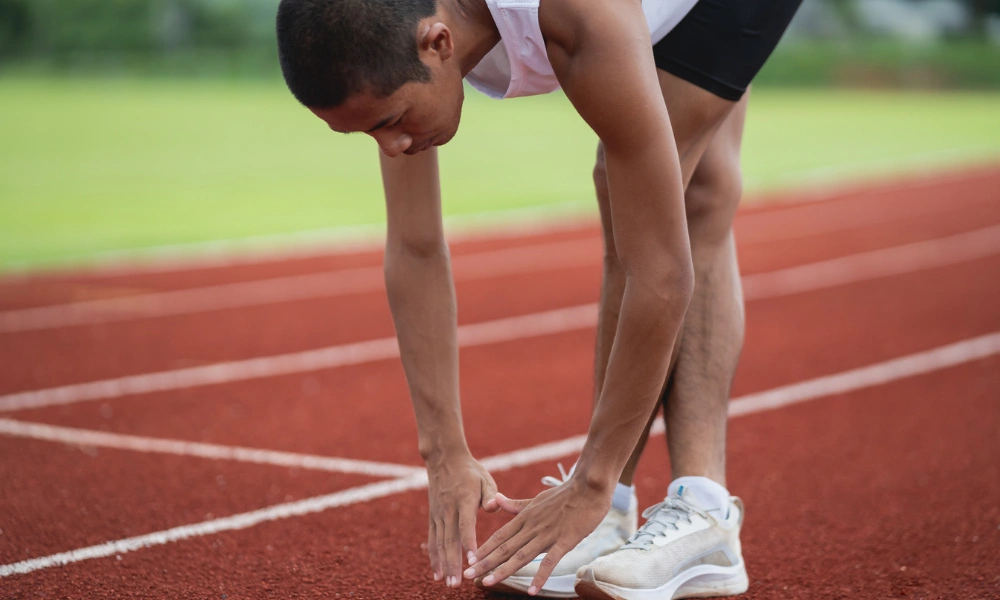I love running long distances. It’s a unique therapy for peace of mind and builds general endurance. Running for a long time can also help others who want to lose weight.
The biggest physical and mental benefits come from these long runs. They are the key to improving your overall fitness. You can have everything else in your training go well, but you will only reach your best performance if your long runs align with your race goals.
In this blog post, you will find out why we need the long runs and tips for completing.
Why Do We Need Long Runs?
Long runs are necessary to achieve many goals, but the most important and obvious ones are:
- Strengthening muscles, tendons, and ligaments.
- Improving aerobic endurance and efficiency.
- They also train your body to use stored fat as fuel.
Long runs also have psychological benefits as they increase confidence in your ability to cover a certain distance.
Types of Long Runs:

Easy Long Runs
- Increase the efficiency of oxygen consumption.
- Burn fat, improving your body’s ability to perform without a constant supply of calories (very important for races lasting 90 minutes to 2 hours).
- Improve musculoskeletal resistance to injury.
Do easy long runs every week during the off-season, covering 20%-40% of your weekly mileage. As race season approaches, you can start experimenting with faster runs. When you are 8-12 weeks away from the race, begin alternating between easy and faster long runs each week.
Easy long runs are low risk and medium benefit. You’re unlikely to get injured, and they’ll give you the physiological foundation you need, but they’re unlikely to produce the incredible breakthrough that will make you a leader on the course.
It should also be noted that evidence suggests that long runs on an empty stomach are not as beneficial for women.
Long Training Runs
Training long runs involves effort beyond your aerobic threshold (such as interval running).
While easy long runs prepare you for more advanced training (an essential step in developing as a runner), faster ones prepare you for the race.
More intense efforts strengthen your muscles and increase the efficiency of the energy systems you’ll use on race day. Running fast on tired legs is crucial to this kind of training.
Practice these runs only in the middle or end of race preparation, do them every other week unless your coach advises otherwise, and stop doing them 2-3 weeks before the race.
You can include some intervals or downhill running in these runs to simulate race conditions. Intervals can be run uphill or on flat ground.
Or you can increase your speed gradually during long runs, starting at a leisurely pace and working your way up to a faster pace.
Long training runs are challenging. They require full recovery before and after. The risk of injury is off the scale compared to easy long runs.
Both aerobic and metabolic efficiency can suffer if you train too intensely. However, long training runs can lead to serious performance gains when used in moderation.
Quick Tips:
Timing Between Eating and Running
Running immediately after eating is not recommended. As a general rule, wait 2 hours after a meal before training. If the meal was high in fat, wait 3 hours.
After eating, digestion begins, increasing blood circulation in the gastrointestinal tract. During running, the body’s resources are redirected to the muscles.
Consequently, neither digestion nor running will be as effective if you start running immediately after eating.
Running Time
Choosing when to run is up to you. Many beginner runners prefer to run early in the morning.
However, running long distances in the evening can be the best time because your body is fully awake. This makes it easier to do your long, easy training runs.
Weather
Before you head out for a run, check the weather and dress appropriately. Avoid running in extreme conditions like very hot or cold weather to make your run more enjoyable.
Proper Gear
The clothes you wear must be comfortable and moisture-wicking to run effectively. Do not hesitate to choose good-quality shoes to complete your run successfully.
Also, carry a small bottle of water or a hydration pack to stay hydrated and complete your planned distance.




